Artistic collaboration stands at the crossroads of imagination, where the confluence of varied perspectives breeds innovation and creativity. When artists come together, their joint efforts can elevate their work to heights unattainable in solitude. This essay invites you to explore the multifaceted landscape of creative partnerships, revealing not only the enhancement of artistic vision but also the professional growth and community connections that such unions foster. From the synergistic fusion of distinct artistic voices to the amalgamation of shared resources and broader exposure, we will delve into the myriad benefits and considerations of co-creation, providing a roadmap for those who dare to merge their artistic journeys.
Benefits of Collaborating with Other Artists
The Art of Unity: Why Collaboration Amplifies Creative Success
Art, in its essence, is a solitary pursuit. A painter and their canvas, a sculptor and their clay – these are images etched into our minds as the quintessential representations of artistic creation. Yet, there’s an unsung hero in the world of art that deserves the spotlight: collaboration. When artists unite, their individual talents meld to form something uniquely powerful and transformative. Here’s why collaboration is not just beneficial but a boon for artists across all disciplines.
Diverse Perspectives, Richer Art
When artists collaborate, their different perspectives merge to paint a broader picture of the world. Think about it like a patchwork quilt, each piece with its own pattern and color, coming together to form a more enchanting work of art. A photographer’s keen eye can capture an image that a painter then reimagines on the canvas, each embellishing the other’s vision, resulting in a piece that speaks in two languages simultaneously.
Learning and Growing Together
Working with fellow creatives is like attending an exclusive masterclass where every session is tailor-made. There’s an unparalleled opportunity to learn fresh techniques, pick up new skills, and refine one’s practice. Imagine a digital artist teaming up with a traditional muralist; the cross-pollination of skills could lead to innovative street art that captures the digital age in brilliant textures and colors.
Shared Resources, Bigger Impact
Art supplies – canvases, lenses, kilns – can be steep investments. Collaboration can ease this burden. Sharing resources means artists can think bigger and bolder without the heavy weight of expenses. Pooling physical resources as well as networks and platforms, artists can amplify their reach and impact, turning what might have been a whisper of expression into a resounding chorus heard far and wide.
The Emotional Powerhouse
The artistic journey can be an emotional rollercoaster. In challenging moments, a collaborative spirit fosters a support system that’s worth its weight in gold paints. Encouragement from a fellow artist can rekindle the flames of inspiration when they’re flickering or provide constructive criticism to steer a wavering project back on course.
Breaking Boundaries
Collaboration shatters the confines of genre, medium, and style, making way for artistic innovation that knows no bounds. It propels artists out of their comfort zones, obliging them to approach their craft from angles previously unexplored. An illustrator and a poet coming together may birth a graphic novel that not only tells a story but sings it across the pages.
The Legacy of Collaboration
Beyond the immediate fruits borne of collaborative ventures, there lies a lasting impact on culture and community. Collaborations can inspire movements, empower voices, and push artistic boundaries generationally. They weave individual strands of creativity into a tapestry rich with communal tales and shared triumphs.
In sum, collaboration is not just a nifty option for artists; it’s a vehicle that drives creativity to new horizons. It invites connection, fosters innovation, and celebrates the power of collective artistry. In a collaborative endeavor, the old adage that ‘the whole is greater than the sum of its parts’ rings impeccably true, offering artists an opportunity to create not just alongside one another, but within a blended space of limitless potential.
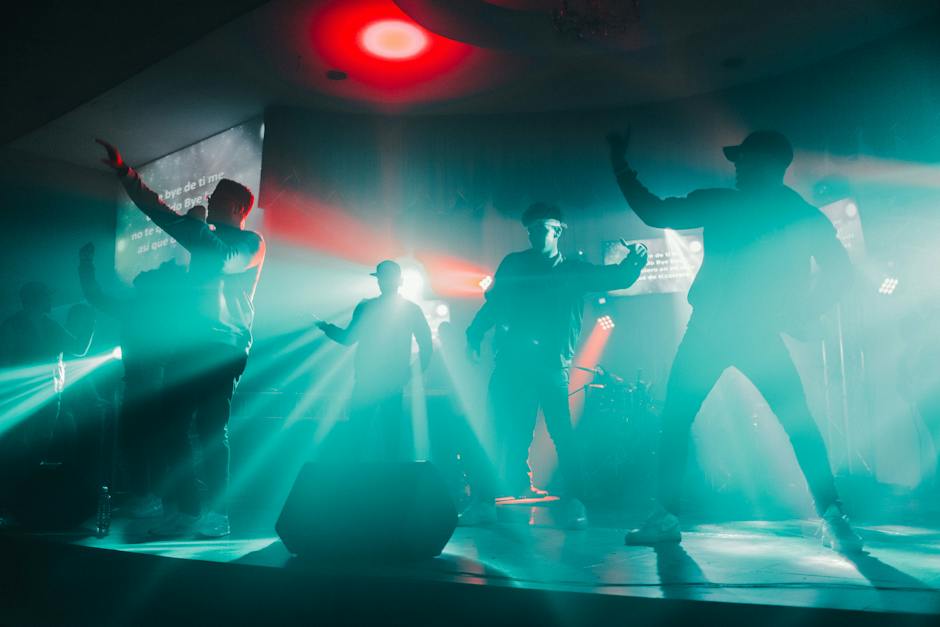
Finding the Right Collaborative Partner
Cultivating Creative Synergy: Finding Your Artistic Other Half
The search for a compatible artistic collaborator can feel like a quest for a kindred spirit – someone with whom your creative juices flow in harmony, inspiring one another to new heights. Teaming up can lead to fantastic projects that neither could have dreamt up alone. So, how does an artist find that perfect partnership that propels their work into new and exciting territories?
Community Engagement
One of the best places to start looking for a collaborator is in the local art community. Attend gallery openings, workshops, and art festivals. These are gathering grounds for like-minded creatives, ripe with the potential for connection. The more engaged you are, the more likely you’ll meet someone you click with. Community art classes are also fruitful arenas, where individuals often seek to expand their skill set and are open to cooperative ventures.
Online Platforms and Social Media
In today’s digital age, countless networks exist to display art and connect with fellow artists. Social media channels are not just for sharing the finished piece but are powerful tools for finding potential collaborators. Utilize hashtags, join groups, or participate in art challenges to encounter others in your niche. Online forums and communities dedicated to your specific art form can also be treasure troves for finding collaborative partners.
Clear Communication and Vision Alignment
When considering a collaborator, clear communication is essential. Share your ideas, express your goals, and listen to theirs. Artistic chemistry often hinges not just on stylistic synergy but also on having aligned values and visions for the work you want to create. Discuss the ‘why’ behind your work – this tends to reveal much about compatibility.
Respect and Reliability
Cultivating a productive partnership demands mutual respect and reliability. It’s not just about the flair one brings to the canvas, but the ability to trust that each person will contribute their fair share. If commitments are met and there is respect for each other’s time and contributions, the collaboration has a bedrock of trust to build upon.
Trial Projects
Before diving into a significant project, consider engaging in a smaller trial collaboration. It allows both parties to gauge the working dynamic and see if the partnership feels right without the pressure of a large commitment hanging over your heads.
Openness to New Experiences
Lastly, be open to new experiences and be willing to step outside one’s comfort zone. Collaboration is about pushing boundaries, and these partnerships can often lead to unexpected, yet profoundly rewarding artistic endeavors.
The journey to finding an artistic collaborator is an adventure in itself, a merging of minds that can lead to extraordinary creations. Stay engaged, communicate openly, and be ready for the magic that can happen when two artistic forces come together.
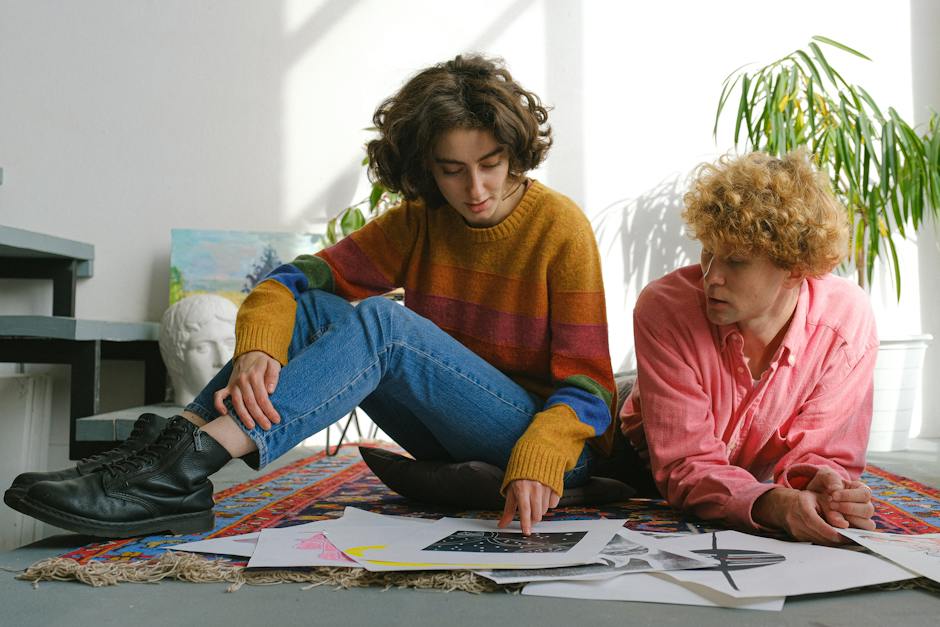
Navigating Creative Differences
Unveiling the Canvas of Conflict Resolution in Creative Collaborations
When two or more artists come together, the merging of vivid imaginations can be as thrilling as a brushstroke that brings a new hue to life. Yet, within this tapestry of creativity, threads of conflict may emerge. Navigating these moments with grace and proficiency ensures that the collaboration remains an enriching experience for everyone involved.
Imagine an artist’s palette where each color represents a different approach to managing creative conflicts. The first shade to consider is active listening; it is essential. Sincere and attentive listening validates each collaborator’s viewpoint and lays the foundation for transparent dialogue. An artist might notice nuances in a partner’s expression, just as they discern slight variations in shades and tones on a canvas.
Next, there’s the technique of defining roles and responsibilities early on, akin to sketching an outline before filling in a drawing. Everyone involved should know what their contributions will be and where their responsibilities lie, effectively preventing disputes over who does what as the project progresses.
Another strategy is conflict resolution training, which can be as fundamental as mastering the basic principles of drawing before attempting a complex composition. By equipping themselves with skills such as negotiation, compromise, and problem-solving, collaborators can transform conflicts into opportunities for innovation.
The inclusion of a neutral third party might also be a stroke of genius. Much like an art instructor guiding a student’s hand, this impartial individual can mediate discussions, facilitating a shared understanding and helping to blend contrasting ideas into a harmonious outcome.
Scheduled check-ins are akin to stepping back from a canvas to see the bigger picture. Regularly scheduled meetings provide a structured opportunity for collaborators to reflect on the progress, address any concerns, and realign on objectives.
Lastly, the spirit of empathy is like the white space in a composition, giving room for ideas to breathe. Striving to understand and share the feelings of one another forges a bond that can turn conflicts into a deepened sense of connection and trust.
In the world of creating art, managing creative conflicts is as vital as the inspiration that flows from the artist’s mind. It’s about harmonizing the chorus of voices in a creative endeavor, ensuring each melody is heard and valued. By employing these strategies, the collaborative journey is not only sustained but illuminated with the collective brilliance that each artist brings to the easel.
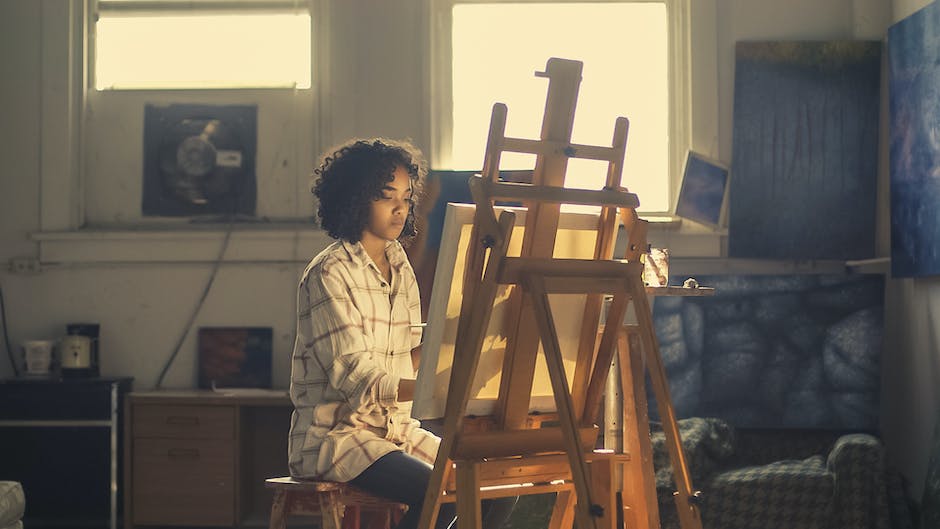
Managing Collaborative Projects
Nurturing Art through Teamwork: A Guide to Flourishing in Collaborative Art Projects
Creating art with others is like weaving a tapestry where every thread counts. When multiple artists bring their unique strands of creativity to a single loom, the resulting masterpiece is often far greater than what one could achieve alone. In the rainbow of collaboration, several hues—often overlooked—can make all the difference in a project’s outcome.
One such hue is the art of active listening. It’s crucial to hear out every voice in the room, not just in passing, but with sincere attention and openness. This is key to understanding each other’s perspectives and building a collective vision that vibrates with the combined passion of the group.
Responsibility is the framework upon which creative collaborations lean. Knowing who does what, by when, and how, allows each artist to trust in the structure of the project. Defining roles early dispenses with confusion and focuses the collective energy on creativity, not contention.
Conflicts, however subtle, are almost as natural as breathing when multiple creators collide. Conflict resolution training can be an invaluable tool for these moments, enabling an individual to gracefully navigate tensions and transform them into opportunities for growth and innovation.
In the heat of artistic exchange, perspectives can sometimes clash. A neutral third party, like a mediator or an advisor, can sometimes see the forest for the trees, guiding discussions back to a productive path when everyone else is lost in the proverbial woods.
Scheduled check-ins serve as the milestones on the journey of collaborative creation. They’re the moments to pause, evaluate, and steer the project in the right direction. These meetings can shine a light on simmering issues before they boil over, and provide the collective project a steady rhythm.
Lastly, the role of empathy cannot be overstated. It’s the glue that bonds individual talents into a unified artistic force. In understanding and sharing the feelings of another, one can build deeper connections. These emotional ties foster trust, respect, and a camaraderie that can elevate the work to levels beyond mere aesthetics.
For artists eager to explore the realms of collaboration, these practices can be the compass that guides the shared journey. With empathy, active listening, defined roles, conflict resolution, neutral input, and regular reflections, collaborative art projects can thrive, turning group efforts into a chorus that sings in harmony. Now, go forth and create!
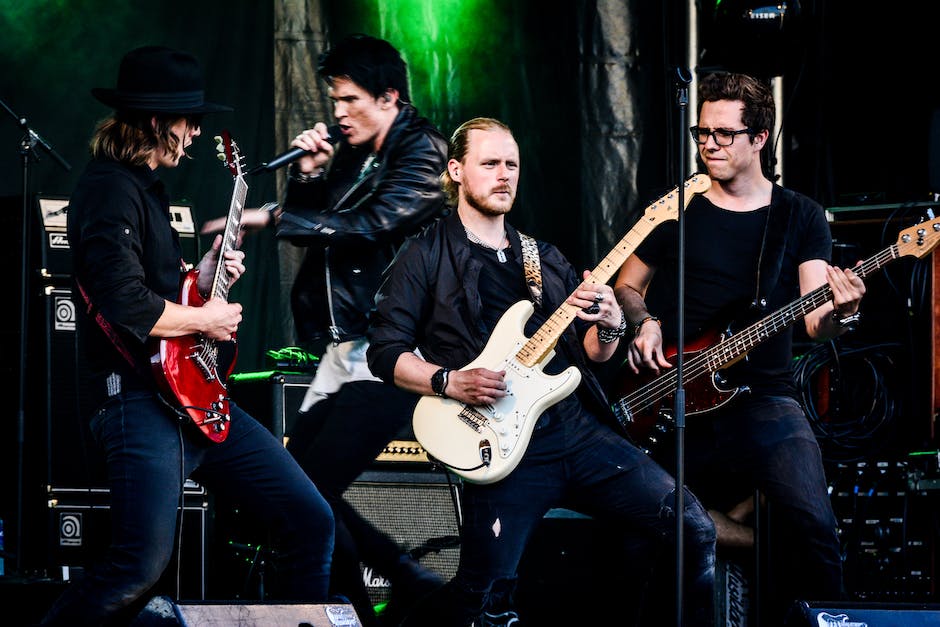
Legal Considerations in Artistic Collaborations
When Art Meets Law: Navigating the Legal Landscape of Artistic Collaboration
Art thrives in a space where creativity and collaboration intersect, shaping masterpieces that tell stories of unity and shared vision.
But let us not forget, amid the spontaneous bursts of artistic brainstorming and the thrill of joint creation, there lies a pragmatic world — one that encompasses the legalities, guiding the ships of creative partnerships safely to their docks.
Artists embarking on a journey of collaboration must be vigilant of certain legal aspects to ensure their intellectual labor is protected, respected, and, ultimately, fruitful.
Understanding Intellectual Property Rights
First and foremost, intellectual property rights are the bedrock of any artistic endeavor.
Who owns the final artwork? What are each collaborator’s rights?
These are questions that need clear answers.
Artists should agree on the distribution of rights before embarking on the project.
Remember, art is not just an expression but also an asset that could have significant value.
Drafting a Collaborative Agreement
A rock-solid collaborative agreement could be the life vest in the deep sea of collective projects.
Outlining who is responsible for what, timelines, financial matters, and how credit is given should not be glossed over.
This document serves as the guideposts for the journey, ensuring everyone is on the same page and preventing potential misunderstandings.
Dealing with Derivative Works
What happens when a collaborative piece inspires one artist to create another work?
The resulting ‘derivative work’ poses interesting legal questions, like, who gets to say what’s permissible?
Address this in the agreement to avoid a tangle of complications later on.
Respecting Copyrights and Trademarks
A collaborating duo or group must ensure that their shared creation doesn’t infringe upon any existing copyrights or trademarks.
It’s a legal, ethical, and professional imperative to conduct due diligence and navigate clear of possible infringement issues.
Managing Profits and Expenses
Ah, the matter of greenbacks — discussions around money can be uncomfortable, but they are unavoidable.
Transparency is key when deciding how profits and expenses will be handled within the collaboration.
A well-drafted agreement will lay out the percentage shares and expense accounts, keeping the financial chaos at bay.
Preparing for the End from the Beginning
No one likes to talk about breakups at the start of a relationship.
Nevertheless, consider how to dissolve the partnership should it come to that.
Clauses regarding termination and the division of completed or uncompleted works provide a road map for a smooth separation, if necessary.
Clearing Moral Rights
Artists have moral rights, including the right to attribution and the right to object to derogatory treatment of their work.
When multiple creators are involved, it becomes complex to ensure these rights are not violated.
Agreements may need to outline specific terms for moral rights to be respected or waived, as allowed by law.
When the creative minds come together, magnificent things transpire.
Vigilant preparations in the realm of these legalities create a secure environment for artistic exploration.
Armed with knowledge and a thorough collaborative agreement, artists can fully immerse in the passion of their trade, forging paths not just to make art, but to make history.
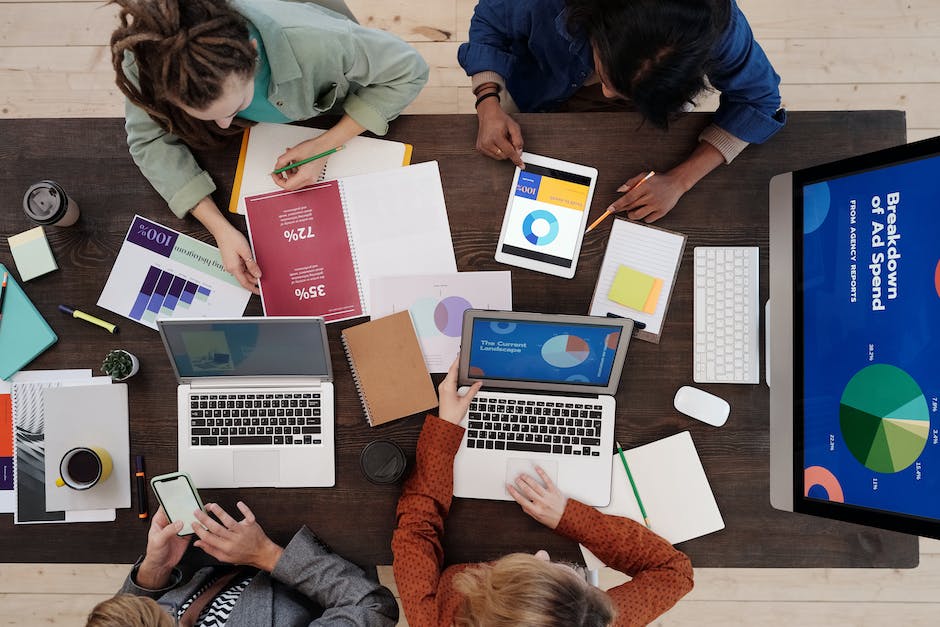
Navigating the terrain of artistic collaboration is much like conducting an intricate symphony where each participant contributes a unique melody. Mastery of this art form requires a dance between leadership and fellowship, an embrace of fluid communication, and a respect for the complexities of shared creativity. Armed with an understanding of collaborative dynamics, legal frameworks, and project management essentials, artists can conduct this symphony with confidence and finesse. As the final note resonates, we appreciate that the harmonious blend of artistic talents not only embellishes the canvas of individual expression but also enriches the cultural tapestry we collectively weave.























